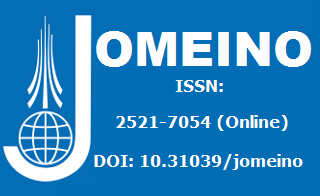Volatility transmissions in Philippine foreign and stock exchange markets
DOI:
https://doi.org/10.31039/jomeino.2025.911Keywords:
Foreign exchange, GARCH, modified iterative structural breaks, stock market, volatilityAbstract
As the furthermost popular measure of risk in many financial activities, recent developments such as initiation of new methodologies should be explored to keep up with the market dynamics. This study examines Philippine Stock and Foreign Exchange Market from 1 January 1987 through 1 January 2020. Modified iterated cumulative sum of squares (MICSS) algorithm is implemented to trace structural breaks in the variance. Local political events are blamed for stock market disruptions, but financial crises have an impact on foreign exchange markets. General autoregressive conditional heteroscedasticity (GARCH) model is then employed in estimating persistence in volatility and a framework to test for spillover effects (hypotheses of heat wave and meteor shower). Substantial drop of volatility persistence is seen in the model, once structural breaks are present. With respect to volatility dynamics, heat waves’ supremacy is observed for both markets.
Downloads
Published
Issue
Section
License
Copyright (c) 2024 Journal of Management, Economics, and Industrial Organization

This work is licensed under a Creative Commons Attribution-NonCommercial 4.0 International License.

